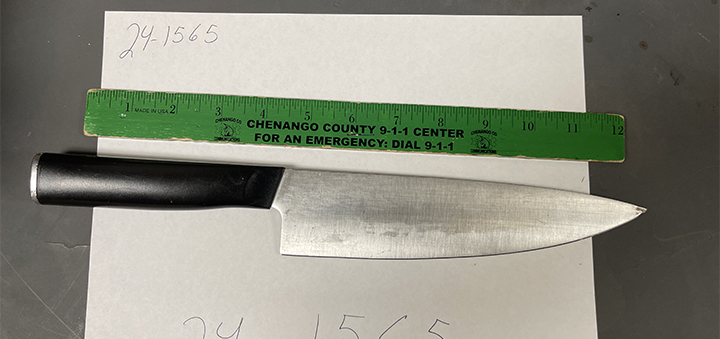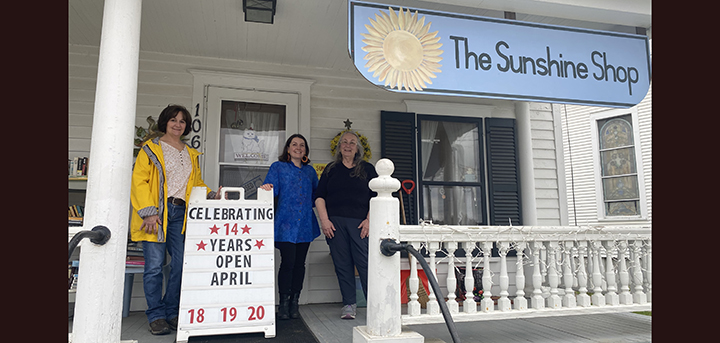Off The Map, Week Two: Pins And Needles
Published:
July 12th, 2010
By:
Bryan Snyder
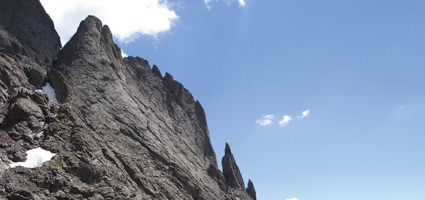
All right… time to make a decision. I leaned over the edge of Crestone Needle one more time, attempting to discern any possible route down the cliff that stood a reasonable chance of being non-lethal. Crestone Peak loomed a half-mile away along a serrated ridgeline, and if I failed to scramble down this precipice, I would need to backtrack and drop two thousand feet to approach the peak from another angle. By that time I’d be risking afternoon thundershowers and, if trends continued, altitude sickness would also have set in, weakening my ability to think straight. I looked down again. The decision wasn’t getting any easier.
My present situation owed itself to the pursuit of the Colorado Fourteeners - fifty-four peaks above 14,000 feet that entice thousands of fanatical hikers every year. Not as many climbers make it as far as the Crestones, which were notorious for being among the most difficult summits to attain. In this part of the Sangre de Cristo Range, the ridges and foothills swept gracefully up from the surrounding plains, ending at a handful of nightmarish towers. For the sake of a checklist, several people had died in these mountains.
Yesterday I had been doggedly climbing three other Fourteeners in the area, and the only hiker I encountered said that she had watched dead or injured climbers being plucked by helicopter off the Crestones both times she’d been up here previously. That did little to quell the anxiety that had been steadily building inside my gut over the last few days. I had spent too many hours lately lying in my bed, reading trip reports and thinking about the Crestone Needle-to-Peak Traverse until the fear had stolen my enjoyment of outdoor living.
I was getting sick with trepidation, but the more serious illness I was worried about was altitude sickness. Since arriving in Colorado a week earlier, I’d been experiencing difficulty acclimatizing to the altitude. I found myself consistently struck by migraine-level headaches, accompanied by dizziness and nausea, whenever I tried to climb the high peaks. In fact, four out of the last five days I’d been afflicted with the condition, which at its worst gave me the delayed reaction time of a drunkard. My worry had been that altitude sickness would strike at the most critical time in the Crestones, and I would make a fatal mistake. I wasn’t likely to fall thousands of feet down the sheer north face of Crestone Needle, but I could easily see myself falling far enough to suffer a critical injury, and since I was hiking alone, it could be a day or two before my situation came to anyone’s attention. Temperatures fall pretty sharply at night above 14,000 feet, and even though I carry a lighter with me, there’s nothing to set on fire above treeline except my own clothes. Survival would be… challenging.
Atop Crestone Needle I felt the first poundings of an altitude headache at the back of my head. I needed to quit stalling and make a decision. One last time, I peered down the side of the cliff, but the pitch was too steep for me to locate a sane and acceptable route. So I chose, reluctantly, to take the long, drawn-out detour instead. Above everything else, my number one job today was not to die.
The path up the Red Gully to the dark, warped summit of Crestone Peak felt only slightly less hazardous. Because help was nonexistent, I painstakingly made sure that I kept three points of contact with the mountain at all times. Secure both feet; move one hand. Secure both hands; move one foot. Thankfully, the rock material was remarkably well-behaved, rarely coming loose in my hands and tumbling down the gully. The mountain was made from conglomerate rock, containing rounded fragments of pink granite, quartz and schist within a matrix of sandstone. It looked as if someone had assembled a “best of” geology collection and hired a master stonemason to cement the colorful rocks in place.
I emerged from the cobblestone corridor at last and sat atop Crestone Peak, feeling dizzy and sapped of adrenaline. Mission accomplished… except that I had to survive the return journey. Another treacherous shortcut lay between me and my campsite – the Northwest Couloir. I had eyeballed the crack in the mountain the day before in the midst of a throbbing altitude headache, feeling grim about its steepness and seeing the potential for ice in the shaded furrow. But if I could manage to scramble one thousand feet down the narrow channel, the rest of the trip home would be easy.
It was probably worth the risk. However, reading the summit log I learned that two climbers earlier this morning had attempted to negotiate the couloir and had become confused, accidentally scaling a Class 5.7 route without ropes. That information failed to boost my confidence. At least the migraine medicine had kicked in, and my altitude headache had dissipated. I was slightly dizzy, but otherwise my faculties were unimpaired… and I was going to need them.
Staring down the fissure of the Northwest Couloir, I thought about how the books had recommended bringing a helmet, crampons and an ice axe on this route. Let’s see… helmet? No. Crampons – metal teeth that attach to your boots to provide a grip on icy surfaces? No. I had a pair of hiking sneakers that were falling apart, but at least they had good tread. I double-checked the soles to see how they had held up over the last few days and… oh, never mind about the good tread. Ice axe? I had a pair of collapsed hiking poles that could stab through snow to prevent me from sliding off a cliff. They would work fine… unless there was actual ice.
The conclusion to the day’s adventures, compared to what I’d already gone through, was tedious but otherwise unremarkable. The spectre of ice failed to materialize, so my skills in controlled sliding and scrambling were enough to convey me safely through the steepest terrain of the shaded passage. Snow choked the lower half of the couloir, but with hiking poles to slow my descent, I managed to exit the snowfield before it ended in a sharp drop-off.
The mosquitoes in my campsite celebrated my victorious return by calling all their friends and showering me with lots of attention. I was taken aback by their interest and judiciously chose to pack my things and extend my journey another four miles to the South Colony trailhead. After the day’s events, the soles of my shoes had become halfway detached and were now in serious need of replacement or a duct-tape remedy. They barely lasted the extra distance, and I kicked them off as soon as I reached my Jeep, then drove into town for a late-night celebratory pizza. I was grateful for civilization and warm, hearty food, but mostly for the successful outcome of difficult choices, and for surviving the Crestones to climb another day.
Author: Bryan Snyder - More From This Author
Comments
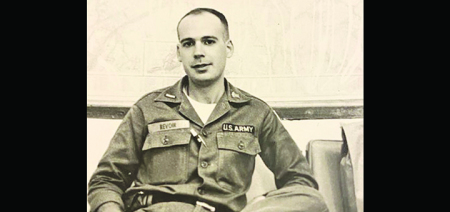
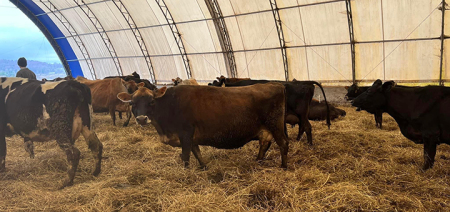
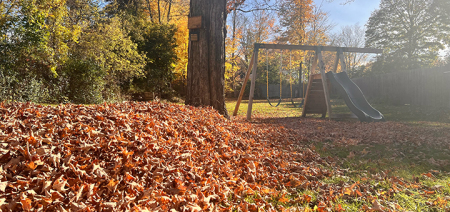
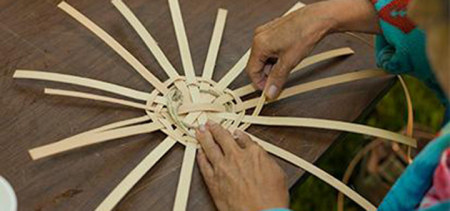
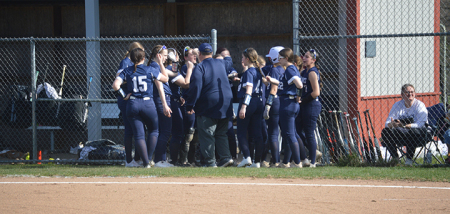
(1).jpg)
